Duke of York’s Cinema – Fit for an Empress!
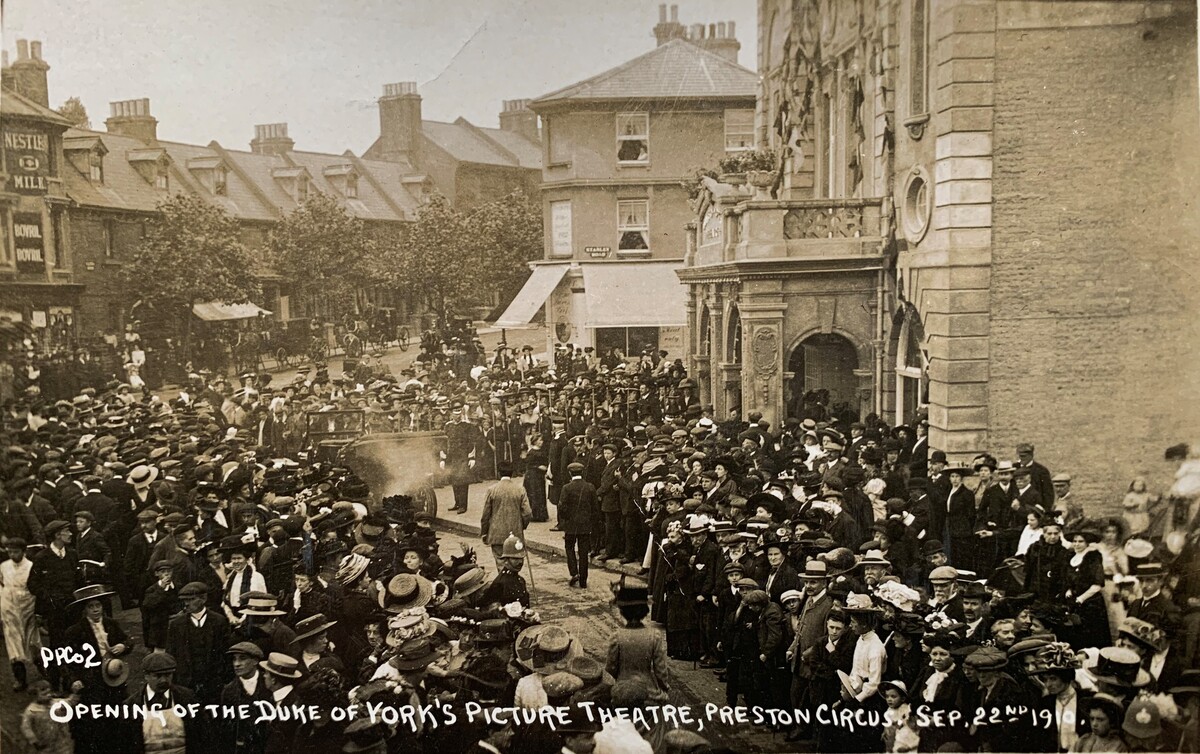
The Duke of York’s Cinema at Preston Circus has long been a favourite venue for film lovers of Brighton, managing to survive, and dodge the developers through the decades. After opening in 1910, it was considered a classy place to be and ideal for a successful date night. Indeed, one advertising slogan ran, “Bring her to the Duke’s – it’s fit for a Duchess!”
Before this beloved Brighton landmark was built, the site was occupied by Longhurst’s Amber Ale Brewery which had been there since 1876. The brewery was demolished in 1901 to widen the road for trams. A few years later, an entrepreneurial actress, Violet Melnotte-Wyatt, decided to acquire the land for her own project. “I want an Electric Theatre!”, Violet is reputed to have said. She and husband Frank Wyatt owned the Duke of York’s Theatre in London, and they hoped to cash in on the relatively new medium – film.
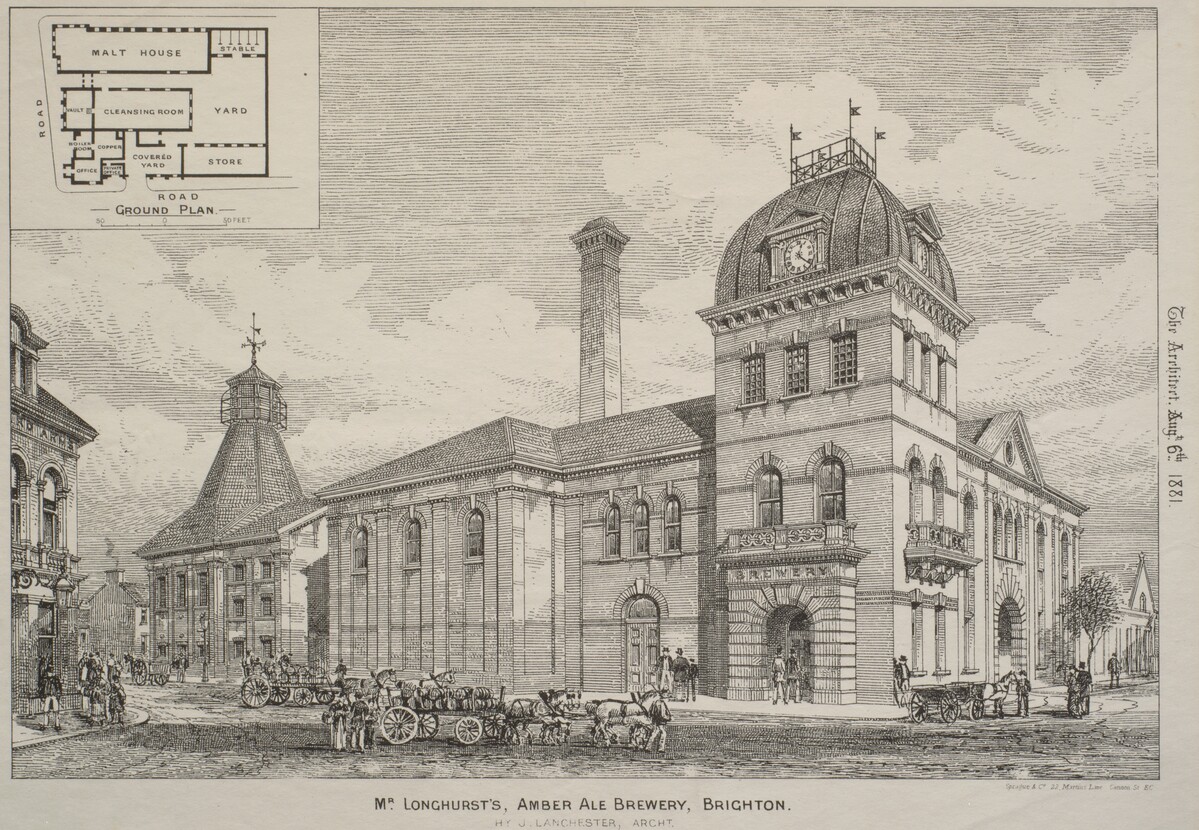
Clayton & Black, a local architectural firm, were commissioned in 1908 to design the new cinema. Construction work began and it was during 1909 that one of the workers ‘struck gold’, or rather brass. A rare Roman coin from around the year 248 was discovered while the foundations were being dug. However, it wasn’t until 1912 that the coin was officially recorded by the Brighton and Hove Archaeological Club.
Following this, the coin was purchased by Herbert Toms, founder of the club and a curator at Brighton Museum & Art Gallery. It is now part of the Brighton & Hove Museums’ collection.
A newspaper article from Herbert Toms’ scrapbook records the event:
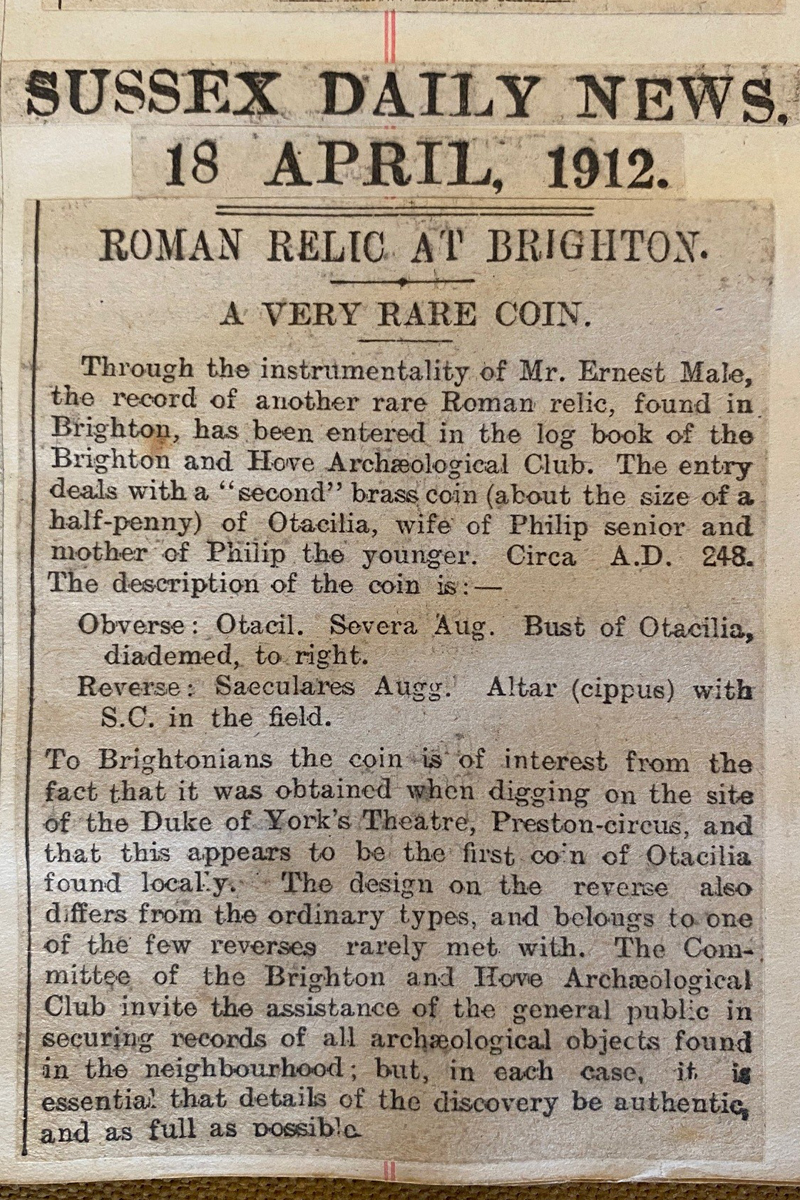
This coin was produced in honour of Otacilia, wife of Emperor Philip the Arab or Philip I, who reigned over the Roman empire 244 – 249. Her full name was Marcia Otacilia Severa. On becoming Emperor, her husband bestowed on her the additional title of Augusta, which can be seen on the coin.
Otacilia came from an aristocratic background, and she was the mother of Emperor Philip II. Although Roman, the couple are considered by some to be the first imperial monarchs to accept Christianity. During their reign the persecution of Christians was relaxed and the policy changed to one of tolerance. However, it has not been proven that this view was held by Otacilia and Philip.
Many coins bearing the portrait of Otacilia have been found, but those bearing a picture of an altar, or cippus, on the reverse are rare. It is not known how the coin came to be at Preston Circus, although remains of a Roman villa have been discovered at nearby Springfield Road.
Sadly, Violet Melnotte-Wyatt did not make a financial success of the electric theatre herself, but perhaps the spirit of Otacilia inspired her to create such a regal monument to film. It is due to her determination and foresight that Brighton audiences can enjoy being entertained in such majestic surroundings as the Duke of York’s cinema all these years later.
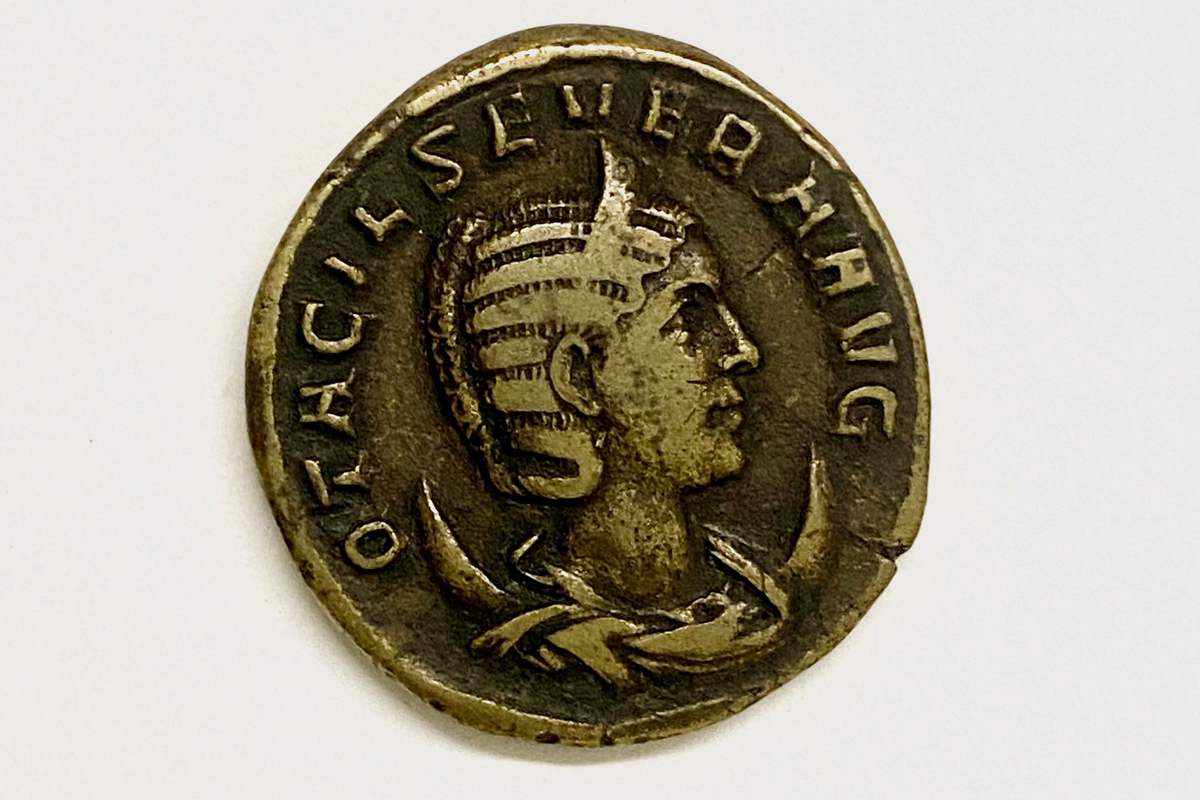
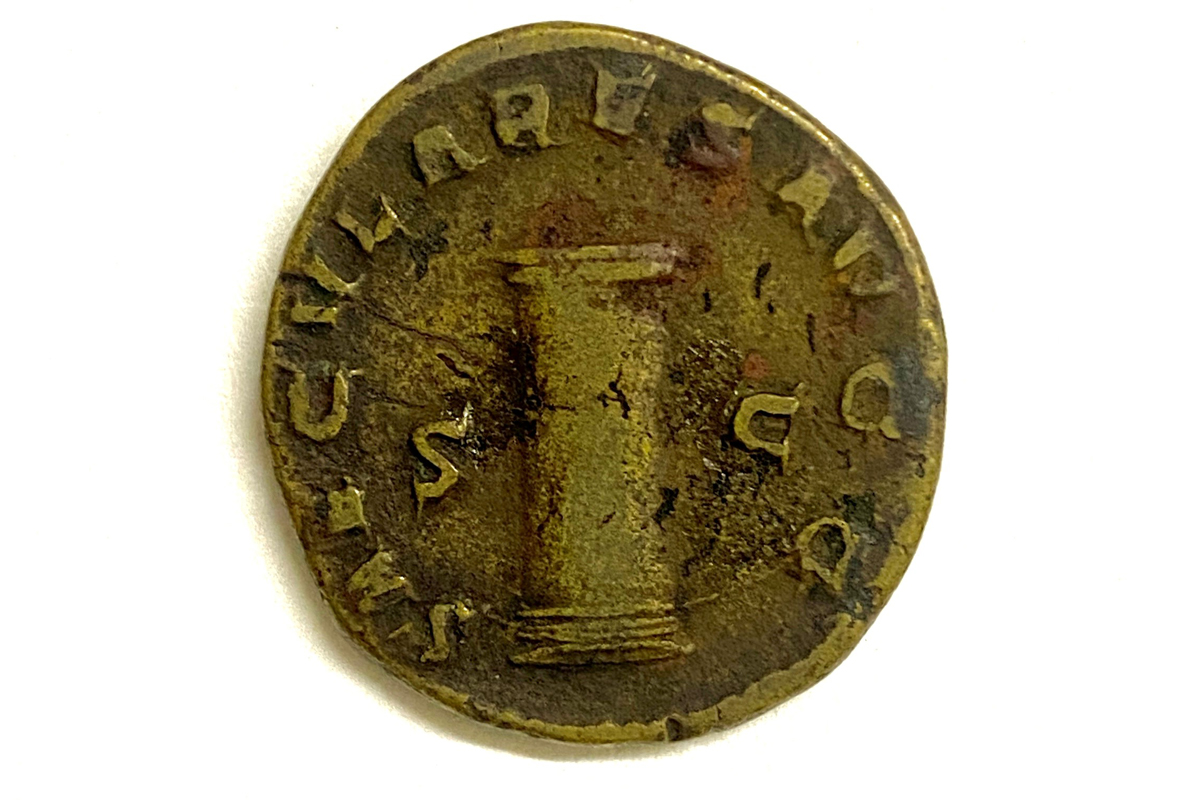
We have this coin in the collection thanks to the existence of the Brighton and Hove Archaeological Club. Today, the Brighton & Hove Archaeological Society, as they are now known, operate a similar system of recording finds via the Portable Antiquities Scheme If you have something exciting you’ve discovered, please get in touch with them.